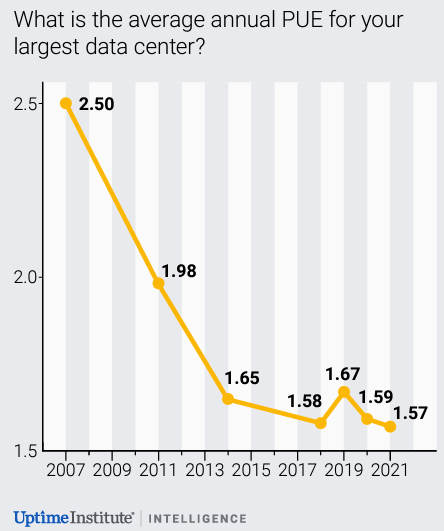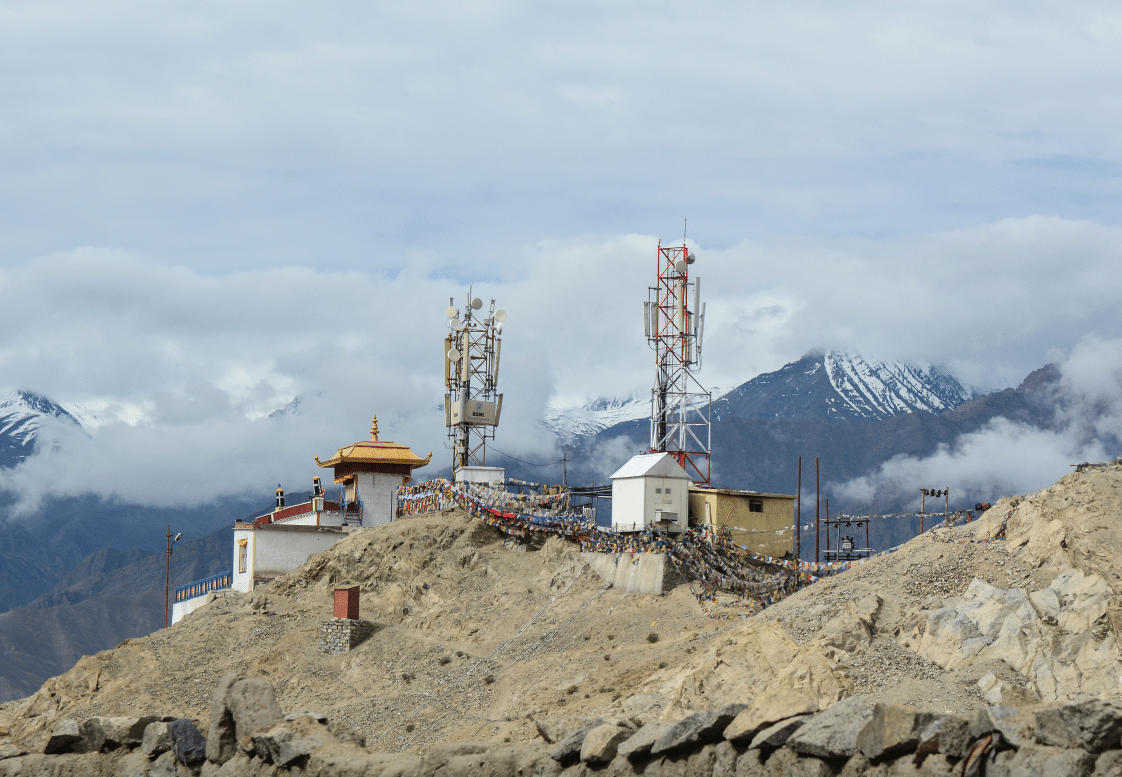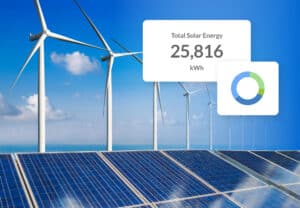
Power usage effectiveness (PUE) is the overall efficiency of a facility’s electricity consumption. PUE uses a simple calculation to combine all of the passive and active energy used by a facility into a ratio that falls between 1 to 2. The average reported PUE for data centers in 2021 was 1.57.

This equation takes the power flowing into a facility over the power used to run the facility’s IT infrastructure. The most common use of PUE is to evaluate, improve, and manage energy efficiency in data centers.
PUE is calculated by taking the total energy input for a system and dividing it by the energy used on IT equipment. The equation offered by Green Grid is:

In other words, the less energy spent on systems beyond those dedicated to IT, the lower the PUE value. A PUE value of 1.0 means that all of a building’s power is used by it’s IT equipment, while a value of 2.0 means that the building is consuming as much energy on maintenance as it dedicates to servers and network support systems.
Why is ‘PUE’ so important?
What does PUE mean for data centers? Data centers are the most common trackers of PUE. A large part of the costs of a data center comes from the energy used to run, maintain, and protect equipment. Therefore, improving PUE in data centers is a big way for companies to increase their financial and environmental bottom line.
The importance of PUE comes from the sheer amount of energy used by data centers and other facilities. Energy consumption for data centers is rising globally. Organizations often find themselves concerned with the overall expenses incurred by the power used in a facility, as well as the environmental impact of that usage.
According to a recent Uptime Institute survey of people in the data management industry, 63% believe regulations need to be expanded and updated. Moreover, PUE was found to be one of the most important metrics for 70% of data center stakeholders in their attempts to improve their carbon footprint.
Lastly, a large factor in PUE calculations is the energy cost of heating, ventilation, and air conditioning (HVAC). The greatest potential impact on HVAC energy consumption comes from the climate of the area in which the facility is located. Every extra 1°C in cooling can add 5% to a data center’s total energy cost.
What is next for data center efficiency?
The rapidly advancing technology of the modern world has begun to offer efficient solutions that challenge the simple effectiveness of the PUE metric. Widely used air flow cooling methods can use as much as 10% of the power when calculating IT consumption for PUE. These fans are plugged into the grid, and their efficiency rates are well established for PUE calculations.
One alternative, direct liquid cooling (DLC), offers greater efficiency in cooling and has achieved PUE ratings beyond the limit of circulating air with fans. At the same time, direct cooling reduces the operating temperature of IT equipment to the point that it can improve overall computing power. This type of efficacy reflects an aspect of data efficiency that is not easily tracked when only looking at power consumption.
What are some use cases today of ‘PUE'?
We’ve established that PUE is traditionally used as a metric for data centers. This is mostly because it was designed by Green Grid for that purpose, but it is also a consequence of these facilities being the most likely to already have fully integrated monitoring systems. The way that PUE is defined and tracked necessitates comprehensive data on the entire energy input and output of a given set of equipment.
This can be difficult to accomplish without integrating the relevant software and hardware into a building from the get-go, and installing these systems afterward can be prohibitively expensive. This is where Galooli’s agnostic remote monitoring and management (RMM) tools come in.
Take charge of your data center’s energy efficiency
Using Galooli’s RMM solutions, any business with sufficient connections to its power supply and equipment can approach the same requirements for PUE monitoring as a data center. We can also directly integrate into existing hardware without requiring additional sensors or even directly into your existing data stream. Instead of rebuilding existing infrastructure, Galooli’s tailor-fit solutions can be easily and affordably integrated for organizations and facilities.
With these systems in place, customers will have access to all the information they need to track their PUE and to make adjustments to their power system as necessary through live updates. By actively monitoring the PUE of data centers, organizations can offer customers insights into improvements in their energy efficiency and sustainability.


























